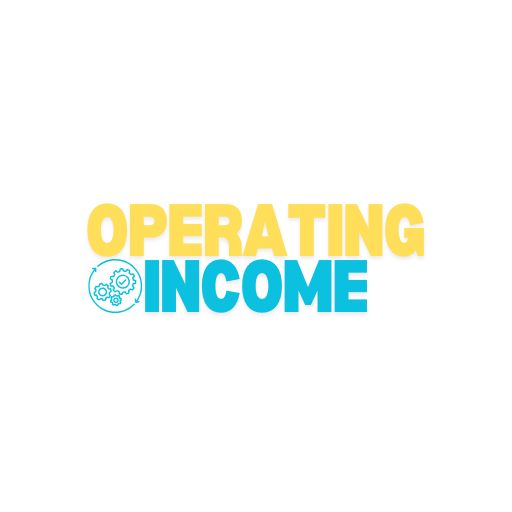The average credit card interest rate is 20.27 percent, down from a record-high 20.79 percent set on Aug. 14, 2024.
Current credit card interest rates
| 3-month trends | Variable |
|---|---|
| 12/31/2024 | 20.27% |
| 12/24/2024 | 20.30% |
| 12/18/2024 | 20.35% |
| 12/11/2024 | 20.35% |
| 12/04/2024 | 20.37% |
| 11/20/2024 | 20.42% |
| 11/13/2024 | 20.35% |
| 11/06/2024 | 20.39% |
| 10/30/2024 | 20.50% |
| 10/23/2024 | 20.51% |
| 10/16/2024 | 20.53% |
| 10/09/2024 | 20.55% |
| 10/2/2024 | 20.65% |
| 9/25/2024 | 20.70% |
| 9/18/2024 | 20.78% |
| 9/11/2024 | 20.78% |
| 9/04/2024 | 20.78% |
| 8/28/2024 | 20.78% |
| 8/21/2024 | 20.76% |
| 8/14/2024 | 20.79% |
How are credit card rates set?
The typical credit card rate formula is the Prime Rate plus a profit margin set by the card issuer. On average, this margin often runs between 12 and 13 percent. The Prime Rate is currently 8 percent. It’s typically 3 percentage points higher than the federal funds rate, which is set by the Federal Reserve’s Federal Open Market Committee.
Essentially, the federal funds rate is the interest rate that banks charge each other for short-term (generally overnight) loans. The Prime Rate is a benchmark for what banks charge their most creditworthy customers. It serves as a basis for many financial products.
Credit cards have a higher markup than other loans, such as mortgages and auto loans, because credit cards represent unsecured debt. That means they aren’t backed by an underlying asset such as a home or car that a lender can seize if the borrower doesn’t pay them back.
Have a question about credit cards? Get in touch with me at [email protected]. I’d be happy to help!
The CARD Act changed credit card rate calculations
The CARD Act, which took effect in 2010, altered the way credit card rates were set. Previously, credit card issuers had much more flexibility in terms of when they could change customers’ rates. Now, the easiest way for them to adjust rates (especially on existing balances) is to tie the rate to an index such as the Prime Rate.
If the Prime Rate changes, almost all credit card agreements are written in a way that the adjustment affects cardholders’ new and existing balances without any special notice required. The exact timing of the change varies. Sometimes the issuer uses the Prime Rate on your statement date. It might also be the first day of the month or the last day of the month or another date of their choosing.
Card issuers can change the rate on existing customers’ new purchases with 45 days’ notice. And they have a lot of flexibility regarding new offers just coming onto the market.
Money tip:
The most important thing to know with respect to credit card rate adjustments is that Federal Reserve rate changes (up or down) generally pass through to customers within a month or two. And these Fed rate changes affect new and existing credit card balances.
How do credit card rates affect you?
Most credit cards bill on a monthly cycle. If you pay your credit card purchases in full, you aren’t charged interest and you typically receive an interest-free grace period of at least 21 days. For example, if your billing statement is generated on the 1st of the month, you usually have until at least the 22nd of that month to pay without interest accruing. Depending on when you made the purchase, you might actually have close to two months without owing interest (if you bought something early in the billing cycle).
However, if you carry a balance from one billing cycle to the next, it’s a completely different story. Credit card rates are usually expressed as APRs – annual percentage rates. But taking this a level deeper, what actually happens when you carry a balance is that the card issuer assesses a daily interest rate (typically the APR divided by the 365 days in a year) on your average daily balance during a given billing cycle. The most important thing for consumers to understand is that, when they carry balances, interest is accruing every single day (and usually at a hefty interest rate). That’s why it’s essential to pay down credit card debt as quickly as possible.
Let’s say you have $5,000 of credit card debt and your interest rate is 20 percent APR. If you only make minimum payments, you will be in debt for about 23 years and you’ll end up paying about $7,723 in interest, according to Bankrate’s calculator.
Keep in mind:
An interest-free grace period applies only to purchases. If you’ve made a balance transfer or taken a cash advance, different APRs could apply and there may not be any grace period for those transactions.
What are the different types of credit card interest rates?
Thus far, we’ve focused on purchase APRs. But credit cards often have other interest rates for different types of transactions. Here are some common examples:
Balance Transfer APR: The interest rate you owe on balances transferred from loans or other credit cards to the applicable credit card. For many cards, you begin with a low rate (even 0 percent) for a specified number of months before transitioning to the regular APR.
Introductory APR: This is an incentive offered by credit card companies to new applicants to give an especially-low rate for a certain time period once an account has been opened. This rate, often an introductory 0 percent APR, is consistently lower than the typical APR for each card.
Cash Advance APR: This rate is applied when withdrawing money from an ATM or bank using your credit card.
Penalty APR: If you miss a due date, a penalty APR could be applied. This rate is more extreme than typical APRs (can be as high as 29.99 percent) and will typically be lowered to the standard interest rate after six months of timely payments.
Our methodology
When we refer to the average credit card rate, we mean the average midpoint of the APR ranges assessed by 111 popular credit cards offered by the 50 largest U.S.-based credit card issuers. Most credit cards charge different interest rates to different customers based upon their creditworthiness. A consumer with an excellent credit score, for example, might be charged 14.99 percent. That same card might charge as high as, say, 24.99 percent to someone with a lower credit score. In that example, we would use 19.99 percent (the midpoint between 14.99 percent and 24.99 percent) in our average credit card rate calculations.
Additional interest rate resources
We have multiple resources to help you gain a better understanding of credit card interest rates. If you’re interested in learning more, we recommend reading the following:
Other credit card options:
To view more research from the Bankrate team, visit our credit card statistics center.




